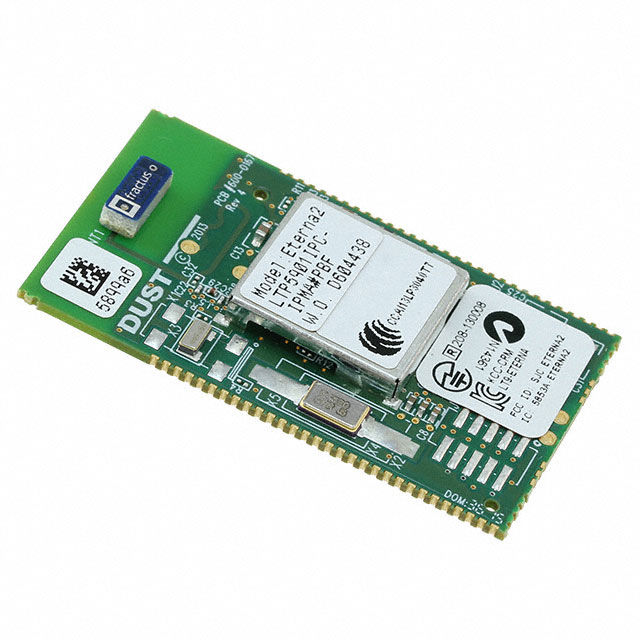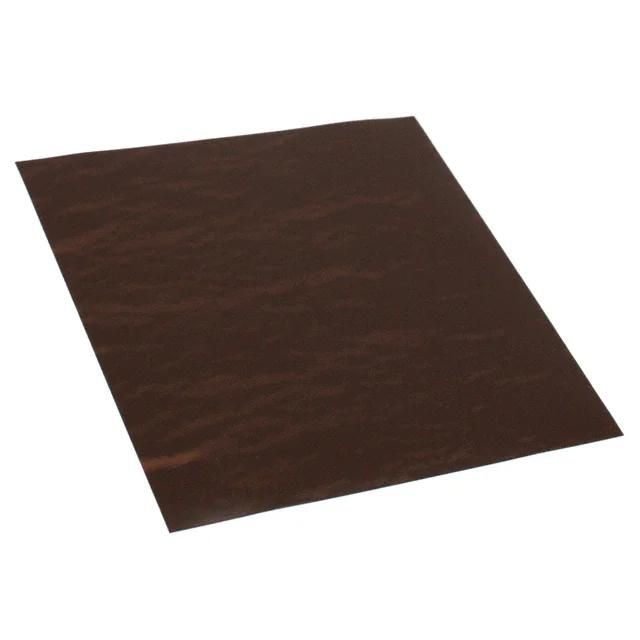All You Need to Know About Self Clinching Standoffs
- joddiemarshall6
- Aug 17, 2022
- 3 min read
A self clinching standoff is a device that keeps two components separated from one another. The spacing keeps the two components from contacting each other, which prevents electrical shorts. Self clinching standoffs can be blind or through threaded, with the former containing a hole that is all the way through. The latter, however, is only threaded through a designated depth, allowing the outer panel to remain closed.

DSOS/DSO Threaded Self Clinching Standoffs
DSOS/DSO Threaded Self Clinching Standoffs are available in a variety of lengths and grades for various applications. The result depends on the mounting hole diameter, sheet material, and installation procedure. For specific applications, performance testing is recommended. The self-clinching standoffs can be provided for performance testing. Self-clinching standoffs can fail to hold joints, so the screw strength and type of bolt that is used to attach them are important factors to consider.
The DSOS/DSO Threaded Self Clinching Standoff is a PEM-threaded product that is used in ultrathin stainless-steel assemblies. Its hardened stainless-steel construction allows it to clinch into a thin stainless sheet as thin as 0.025 inches. Self-clinching standoffs are available in various diameters and thread types, including 0.025 inches. During installation, the standoff should be inserted into an anvil with the mounting hole parallel to the surface of the sheet. The installation punch and anvil should be parallel, and the amount of force used should be sufficient to embed the standoff head flush into the sheet.

PEM Type MSO4(TM) Micro
The PEM Type MSO4(TM) micro self clinching standoff fastener is made from 400 Series stainless steel and is designed to install into thin metal sheets and provide permanent load-bearing threads. The clinching threads of the microPEM standoffs prevent the metal from corroding over time. These standoffs are available in a variety of lengths. They are available with an HRB 88 maximum hardness.
The PEM Type MSO4(TM) micro self clinching standoff is RoHS compliant and designed for compact electronics. Applications include laptops, smartphones, wearables, tablets, and automotive electronics. These standoffs are also widely used in handheld devices. They are easily installed into holes drilled in the sheet. Their versatility makes them a practical choice for many applications.
The PEM Type MSO4(TM) micro standoffs are made of 400 Series stainless steel and feature threads as small as M1.0/#00. The standoffs' small lengths allow for automated installation in 0.3mm metal sheets. This feature speeds up production runs. The PEM Type MSO4(TM) Micro self clinching standoff can be installed in a variety of materials, including 300 Series stainless steel and other metal sheets. These standoffs can be installed in a variety of materials, including HRB 88 / HB183.

Self-Clinching Standoff with Captive Fastener
A self-clinching standoff with a captive fastener is a type of threaded device that transfers the host material into a unique annular recess. The serrated clinch profile prevents the fastener from rotating and dislodging, making it a permanent part of the panel. Its self-clinching feature prevents the fastener from rotating during installation, eliminating the potential problems associated with loose hardware.
Captive fasteners are also useful for industrial applications. They can be installed during the final assembly. Captive fasteners are great for preventing loose hardware from ruining the appearance of enclosures. The stainless-steel material used in these enclosures is a difficult material to handle. But with captive fastener technology, you can easily install the standoff while it is being assembled. And since captive fasteners are a single-use product, they can be installed on any number of different types of enclosures.
A self-clinching standoff with a captive fastener is installed into a ductile material. This clinch profile enables the fastener to flow into the standoff and provides a permanent reusable thread during assembly. This type of standoff requires a hole in the panel and is installed with a force like that of a screwdriver. The installation force is listed in the catalogue. Using self-clinching standoffs eliminates the problem of loose hardware during assembly, which is a common concern for cabinetry and electronic enclosures.



Comments